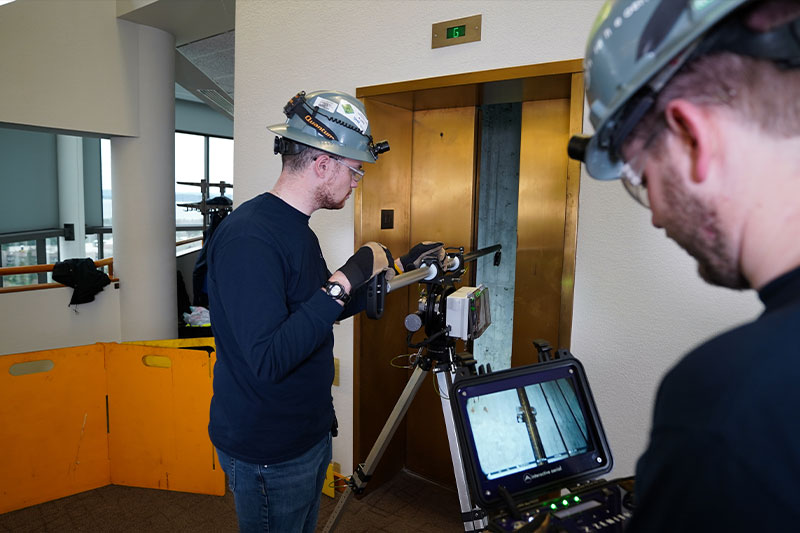Understanding the Risk-Based Inspection (RBI)

Risk-based inspections are carried out in multiple locations every day. However, within the petroleum and associated industries, the process has been standardised to ensure all aspects are adequately completed.
An RBI, as defined by the American Petroleum Institute (API PUBL 581), is globally recognised and consists of three primary goals:
- To define quantity and rank the risk of process equipment failure in order to target the most essential components in a process plant
- Reviewing safety, environmental and business-related risks in an economical manner
- Reducing the likelihood and consequence of failure by allocating inspection resources to equipment carrying high risk
The newest publication of this refers to multiple related industries – oil & gas, chemical process plants, petrochemical and fixed equipment in refining.
Underlying the whole reason for such legislation is this:
Defining and managing risk of all kinds through the methods, coverage and frequency of inspections.
Risk exists via many mediums; hence this doesn’t only cover the equipment in use. It also needs to assess dangers that can be operator or environment caused.
When defining potential risk, two essential elements must be factored in:
- The probability of failure (POF)
- The consequence of failure (COF)
Probability of failure
This element of a risk-based inspection will evaluate how likely it is that an asset will fail. This could be due to many reasons, such as deterioration, degradation, damage or another factor, such as worker fatigue or inclement weather.
Every area where risk could occur needs to be assessed, with an analysis made for individual equipment and the project in its entirety.
Consequence of failure
This part of the inspection details the monetary and other likely costs should the defined risk occur. Assets are categorised according to their potential failure impact and defined in three ways:
- Health and safety
- Environmental
- Business
Once the POF and COF have been determined, the following equation is used to define an overall risk:
Risk = POF x COF
This allows companies to understand the assets and inventory that represent the greatest safety and financial risks.
The benefits of the RBI
Proactive risk-based inspections bring multiple advantages.
- Regular monitoring can dramatically reduce the chances of unexpected asset failure
- Allows for an efficient inspection and maintenance schedule, resulting in less asset downtime
- Helps with planning for asset lifecycles and replacement
- Improves equipment reliability and efficiency
- Identifies operational risks that can be associated with natural or premature degradation
- Providing an efficient timetable for present and future inspections
- Helps to ensure companies comply with safety and environmental obligations
- Helps bolster employee and shareholder confidence
RBIs are carried out in one of three ways: qualitative, quantitive or a combination of the two. The first considers data based on statistics and probability. The second utilises the information gathered by experienced inspectors. The latter uses both approaches.
Of course, the amount of data that’s generated from an RBI is immense. With such inspections being ongoing, high-tech solutions are needed to sort and store the information. Digital software tools are only one element of this. Inspection equipment that can automate many of the tasks – collating and presenting it in an easy-to-read and comparable manner – is the key to effective risk-based inspections.
At Nexxis, such cutting-edge technology is at the forefront of our approach to NDT. From the latest products to our proactive knowledge centre, we’ve long championed the forward-thinking risk-based inspection model.
Contact us to find out more about Risk-Based Inspection (RBI) or any of our other custom solutions, or request a quote online.
